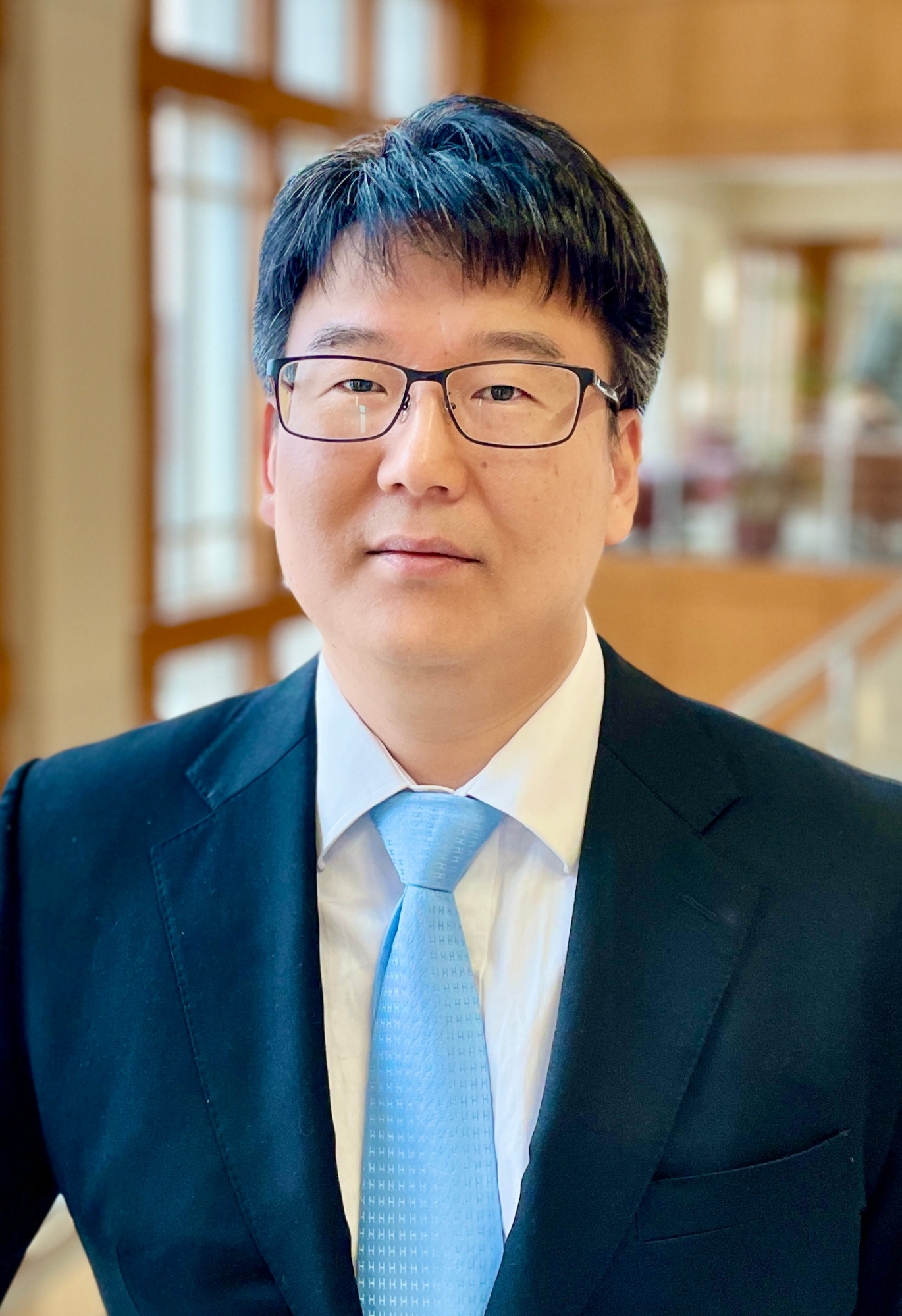Hanjong Paik
Assistant Professor
Hanjong Paik is an assistant professor in the School of Electrical and Computer Engineering at the University of Oklahoma. After receiving a B.S. degree from Korea University, Seoul, South Korea (2003), he did graduate work at Korea Advanced Institute of Science and Technology (KAIST) receiving both M.S. (2004) and a Ph.D. (2009) in Materials Science and Engineering, Daejeon, South Korea. He was then a Post-doc and Research Associate at Cornell University in the combinatorial thin film synthesis group managed by Prof. R. Bruce van Dover, and the complex oxide molecular-beam epitaxy group managed by Prof. Darrell G. Schlom.
In 2017, he joined as a Research Staff Scientist at the Platform for the Accelerated Realization, Analysis, and Discovery of Interface Materials (PARADIM), where the NSF-funded Materials Innovation Platform at Cornell University, before joining the faculty at the University of Oklahoma in 2022. His research interests involve the heteroepitaxial growth and characterization of Oxides/Nitrides/Alloys thin films grown by physical vapor deposition techniques including reactive Molecular-beam Epitaxy (MBE), Pulsed Laser Deposition (PLD), and Sputtering. He loves to utilize the concept of 'materials-by-design' to discover new materials and interfaces with superior properties to any known ones. He has published over 90 papers resulting in an h-index of 28 and over 2,850 citations.(https://scholar.google.com/citations?user=iMdOOtUAAAAJ&hl=en)
RESEARCH INTERESTS
The focus of his research is “Epitaxial Thin Film Growth” for the next generation of Electronics, Magnetism, and Optics. By following the “Epitaxial Strategy”, we explore the variety of material properties. The inheriting single-crystalline-arrangement of materials from the underlying single-crystal substrate enable to access the unexpected functionality and metastable phase. This results in the lattice engineering including the control of strain, symmetry, bandgap, and dimensionality. One of the best-known examples would be the oxide perovskites ABO3 compounds. This system contains the full spectrum of material properties from insulating, semiconducting, and even superconducting state, and includes magnetic, ferroelectric, or even both of them at the same time (multiferroics). A major challenge, however, is to prepare these materials with excellent quality and adequate integration with a conventional semiconductor fabrication technology so that these unconventional properties can be fully utilized in practical devices, which is his research purpose.
- Materials Synthesis and Processing
- Nanotechnology
- Advanced Materials
- Energy Materials
- Semiconductor Physics and Devices
- Sensors and Actuators
- Surface Science

Office: DEH 305
LAB: CQRT Lin Hall 118
Center Affiliation: Center for Quantum Research and Technology (CQRT) https://www.ou.edu/cqrt


